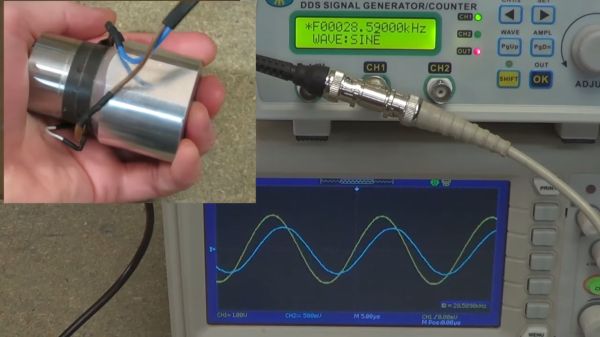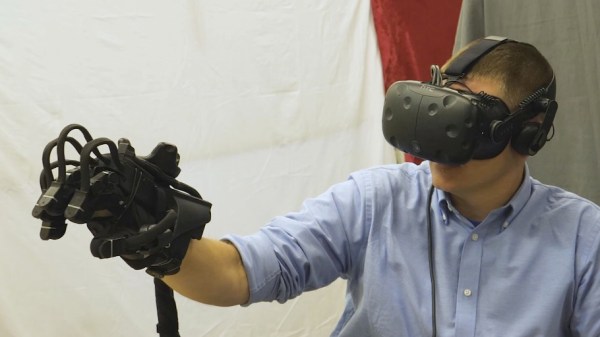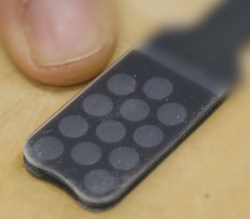Many of us in the United States frequently browse the shelves of Toys R Us for things to hack on. Sadly that era will soon end with the chain’s closing. In the meantime, the entire store becomes the clearance shelf as they start liquidating inventory. Depending on store, the process may begin as soon as Thursday, March 22. (Warning: video ads on page.)
While not as close to hacker hearts as the dearly departed Radio Shack or Maplin, Toys R Us has provided the hacker community with a rich source of toys we’ve repurposed for our imagination. These toys served various duties including chassis, enclosure, or parts donor. They all had low prices made possible by the high volume, mass market economics that Toys R Us helped build. Sadly it was not able to keep its head above water in the low margin cutthroat competition of retail sales in America.
As resourceful consumers, we will find other project inspirations. Many projects on this site have sourced parts from Amazon. In commercial retail, Target has started popping up in increasing frequency. And no matter where new toys are sold, wait a few years and some fraction will end up at our local thrift store.
We’ll always have some nostalgia for Geoffrey the Giraffe, but toy hacking must go on.
















